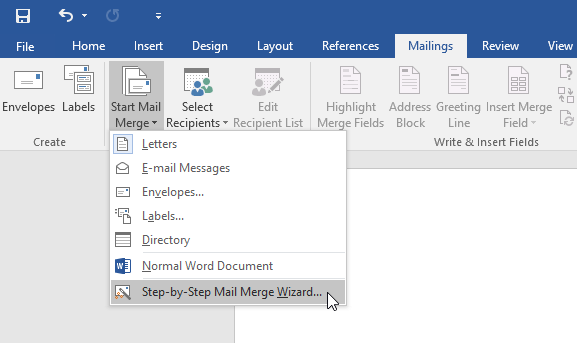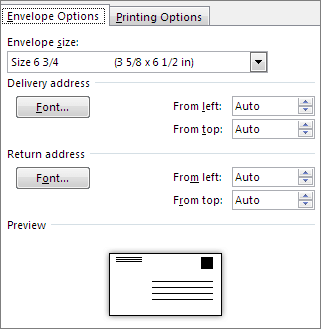

Each letter prints on a separate piece of paper.Ĭreate and print a batch of personalized letters for everyone on your mailing list. What bulk mailing documents do you want to create? Now that you've chosen your bulk mailing document and your mailing list is ready, go ahead and perform the mail merge and send your message to your customer. For more information, see Set up a mail merge list with Word.Īlso see the other data sources you can use as your mailing list for mail merge. The first row of the table must contain headings, and the other rows must contain the records you want to merge. Your Word document should contain a single table. For more information, see Use Outlook contacts as a data source for a mail merge. You can retrieve your Outlook Contact List in Word. For more information, see Prepare your Excel data source for a mail merge in Word.

Here's a list of a few, simple data sources you can use for mail merge.Īn Excel spreadsheet works well as a data source for mail merge if all data is well-formatted and on one sheet so that it can be read by Word. If you don't have a mailing list, you can create one during the mail merge process. Word can pull data from a variety of data sources to perform mail merge. Each letter prints on a separate sheet of paper.Ĭreate and send email messages for each person on your mailing list with custom information inserted from the mailing list.Ĭreate and print a batch of envelopes for mailing.Ĭreate and print sheets of mailing labels each label is a unique mailing address. What bulk mailing document do you want to create?Ĭreate and print a batch of personalized letters for everyone on your mailing list. Information is pulled from your mailing list and inserted in your main document, resulting in the merged document-the letter, email, labels, or envelopes-personalized for different people on the mailing list. This document is a combination of the main document and the mailing list. For example, your mailing list contains the addresses to be printed on the labels or envelopes. This document contains the data that is used to fill in information in your main document. An example of identical content is the return address on the envelope or in the body of a letter or an email message. This document contains text and graphics (a logo or an image, for example) that are identical for each version of the merged document. The mail merge process has three documents involved in creating and printing letters and emails, or labels and envelopes. You also can create and print mailing labels and envelopes by using mail merge. With the combination of your letter or email and a mailing list, you can create a mail merge document that sends out bulk mail to specific people or to all people on your mailing list. All the information you use to customize the letter or email is taken from entries in your data source, which can be a mailing list.

You can choose, for example, to greet each recipient by their first name, use their mailing address, or add unique information like a membership number. Each letter or email can include both standard and custom content.
Mail merge envelopes with return address word for mac 2017 professional#
With the mail merge process, your organization can create a batch of personalized letters or emails to send to your professional contacts.

The mail merge feature in Word can help organizations produce various forms of written communication more efficiently. Communication can take different forms: welcome letters, special announcements, thank-you emails, and invoices to name just a few. Organizations communicate with customers throughout their day-to-day operations.


 0 kommentar(er)
0 kommentar(er)
